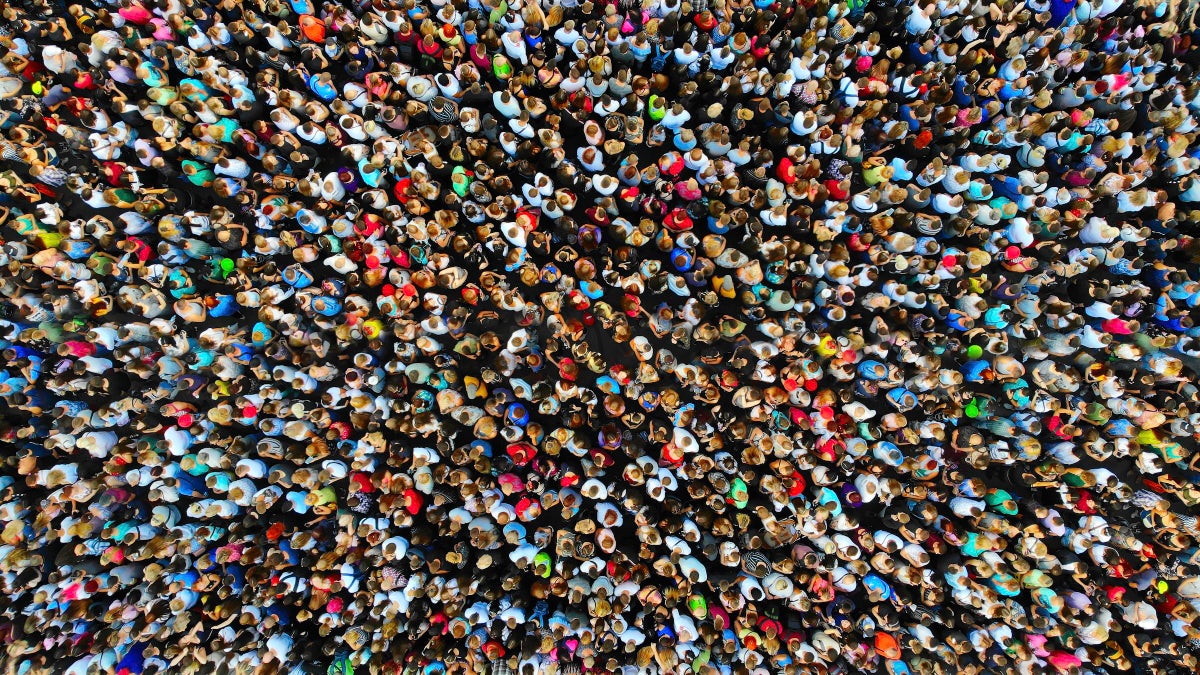
"Demographers have been asking such questions for decades. One of the biggest challenges they face is from the data: you need to know how many people have lived at different times, as well as the average life expectancy or birth rate. Such numbers are available today (though records are not always reliable) but less so for centuries past. Statistical analyses and censuses have not been routinely carried out everywhere and across all societies."
"That number, at least in my opinion, seems far too small. After all, the world's population is currently estimated at 8.2 billion people. That means we make up about 7 percent of all people ever born. The 117-billion figure includes every person who has ever seen the light of dayincluding those who died young. Life expectancy has increased globally over time, however. As a result, there are other strange population questions to consider."
Commonly cited estimates place the total number of people ever born at about 117 billion, implying the current 8.2 billion are roughly 7 percent of all people ever born. That figure counts everyone born, including those who died young. Reliable inputs for such calculations—historical population sizes, average life expectancy, and birth rates—are uneven or missing across times and places. Demographers therefore depend on models and estimates. Rising life expectancy over time alters the share of older cohorts. Fundamental definitional choices, such as whether to include non-sapiens Homo species, materially affect any total.
Read at www.scientificamerican.com
Unable to calculate read time
Collection
[
|
...
]